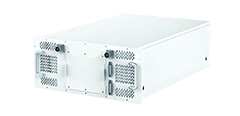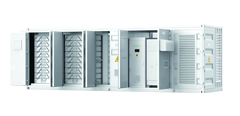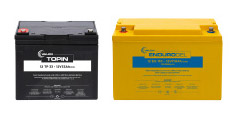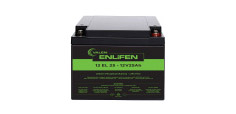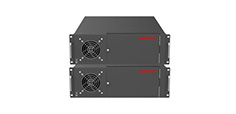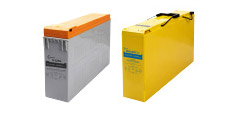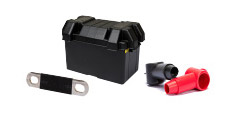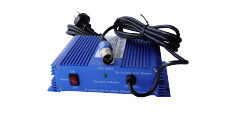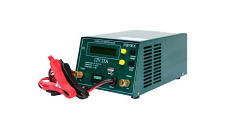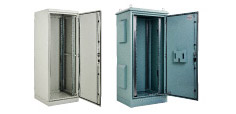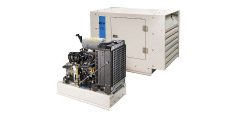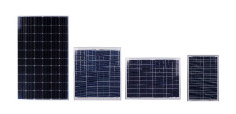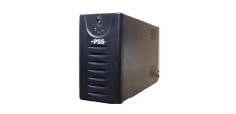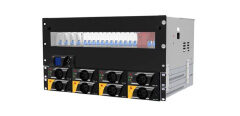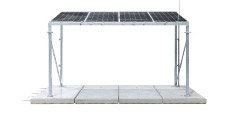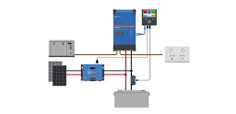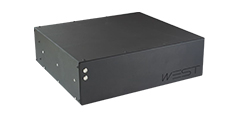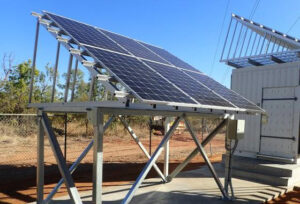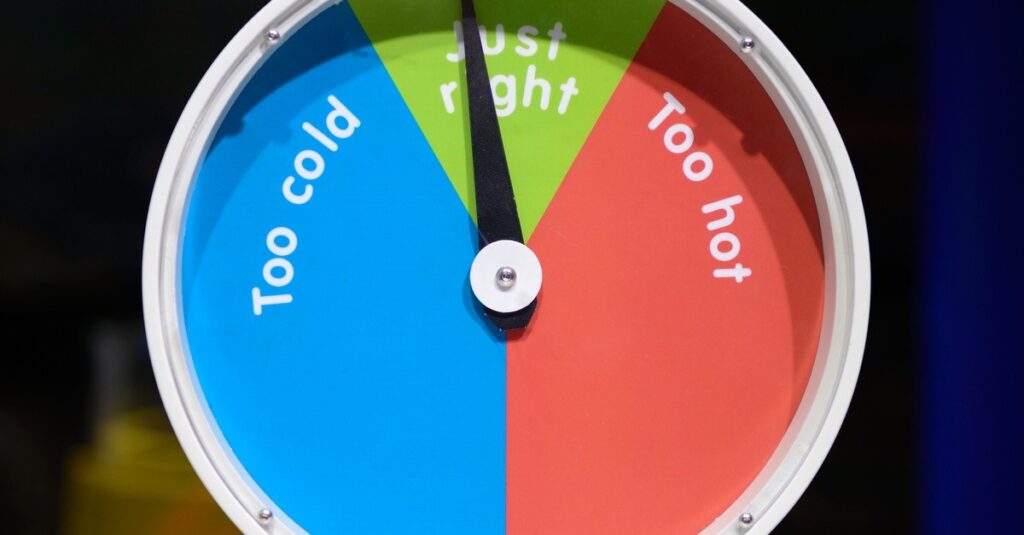What are the effects of temperature on VRLA batteries? Every VRLA battery is engineered to meet specific design life, provided the battery operates at a recommended temperature.
Different applications call for different lengths of design life, which in turn affects the specs of a battery and the requirements it must meet.
For VRLA batteries, the most common operating temperature specified with the design life is 25°C. Though the actual design life is very much dependent on the day-to-day operating temperature the battery is exposed to.
In this blog, the industrial battery experts at Valen take a look at the impact temperature has on VRLA batteries as well as solutions for optimising design life and performance in extreme temperatures.
Normal operating temperature for VRLA batteries
All VRLA batteries have a specified “normal operating temperature”. This essentially refers to the recommended ambient temperature for ensuring ideal battery performance.
As mentioned above, the industry standard for normal operating temperature is 25°C. However, it’s important to note that this can vary between different brands of VRLA batteries.
In general, the temperature range a battery can operate within is -20°C to 60°C. The 25°C operating temperature stated at the design life is what the manufacturer recommends for optimum battery life.
A battery can suffer a range of effects when exposed to extremes in temperature, ranging from reduced capacity, reduced lifecycle and even premature failure.
TOP TIPS – the impacts of extreme temperatures on VRLA batteries
Heat – extreme heat won’t impact on the amp capacity of a VRLA battery. However, every 8°C rise in ambient temperature above the normal operating temperature will halve the design life of a battery.
So for example, a battery with a design life of 10 years with a normal operating temperature of 25° C would only last for 5 years if placed in an operating environment of 33°C.
Cold – as demonstrated in the graph below, the amp capacity of a VRLA battery decreases significantly with each degree under the normal operating temperature.
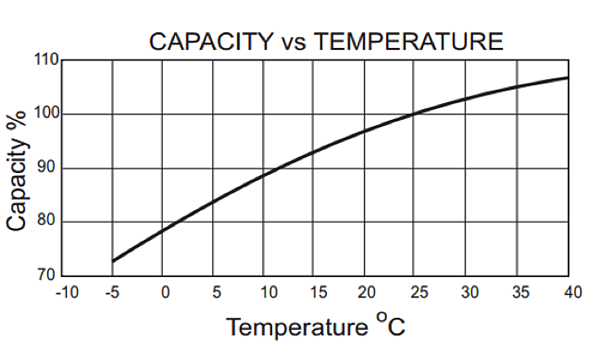
The chemical reactions that take place within a VRLA battery are slower in lower temperatures, therefore slowing the performance and effectively lowering the capacity accordingly. The colder the temperature is, the greater the effect. In extreme cases, the electrolyte in the battery can freeze, rupturing the battery case
However, unlike extreme heat, the extreme cold won’t actually shorten battery design life.
Methods for managingextreme temperatures
The good news is that it’s definitely possible for a VRLA battery to function and operate in extreme temperatures.
Careful consideration does need to be given to the overall system design and a detailed understanding of the individual battery specifications is required.
There are two main approaches for optimising the lifecycle of a VRLA battery which are outlined below:
#1 – Adjust the system design to maintain normal operating temperature
Warming and cooling measures can be incorporated into a system design to ensure a VRLA battery achieves the correct capacity and maintains an optimal design life.
If the day-to-day expected operating temperature is going to be high, the following cooling mechanisms can be added to the battery cabinet:
- Air conditioning
- Fans
- Sun shields
- Insulation
- Cross ventilation
If the expected operating temperature is going to be low, heat pads and wraps can be used under and in between the batteries to prevent the battery electrolytes from freezing. The heat pads help to ensure the batteries will function when required and as they have been designed to.
These measures are mainly used in environments where the temperature is regularly close to or below freezing.
#2 – Temperature compensated charging for VRLA batteries
It’s extremely important to ensure VRLA battery chargers have temperature compensation functionality, particularly in hot temperature scenarios. This will ensure the batteries are not overcharged.
As battery internal temperature increases, the chemical reaction increases, which in turn lowers the battery voltage. A charger without temperature compensation will detect this as a discharging battery and try charging it, when in actual fact the battery may be fully charged and just hot from external factors.
The additional charge coming into the battery is then converted into heat. This leads to the battery being damaged from overcharging.
During overcharging, as one cell within the battery warms up, it will start affecting the cells on both sides of it. Thermal runaway occurs when the heat from one overcharged cell affects the next cell and results in it being damaged as well.
Should batteries be subjected to higher temperatures for periods of time, the battery cells will start to dry out resulting in plate sulphate and premature battery failure.
Along with this, overcharging can cause the battery to swell and leak electrolytes out of the battery vents.
A “smart” battery charger with temperature compensation charging will feature a sensor that will automatically regulate the charge voltage so as to protect the battery.
This functionality will ensure a battery is always properly charged and maintained, no matter how hot the operating conditions become.
Need some extra advice on the impact of temperature on VRLA batteries? Just ask us!
Every battery is different, so it’s always important to understand the individual specifications.
The experts at Valen are proud to offer our clients the highest level of technical support. We have a comprehensive understanding of the impact of temperature on our extensive range of VRLA batteries.
To talk to one of our knowledgeable team members about your particular application and system, simply click here to get in touch.


